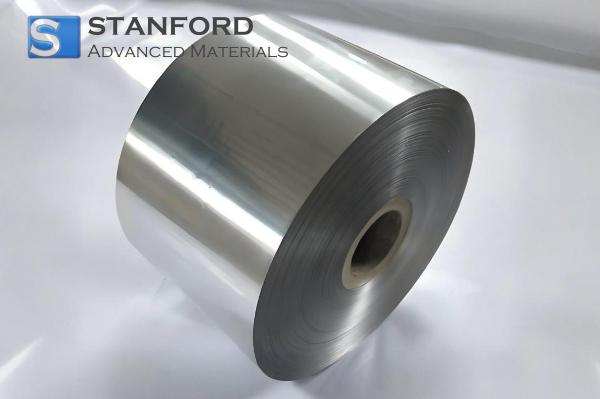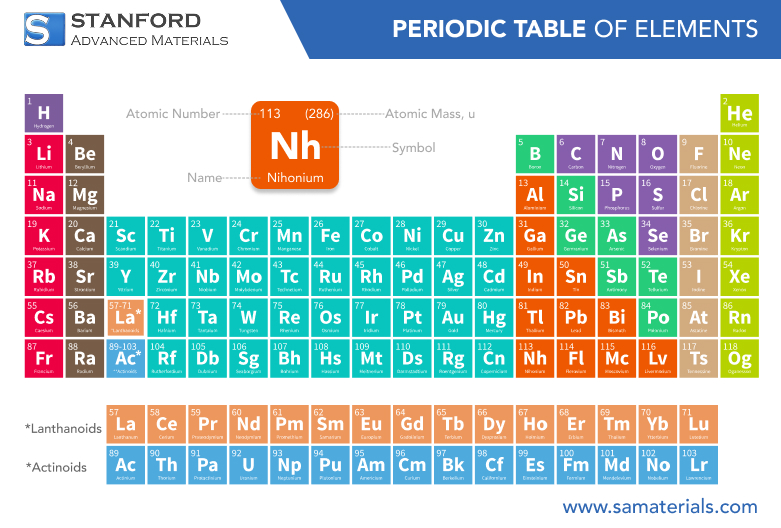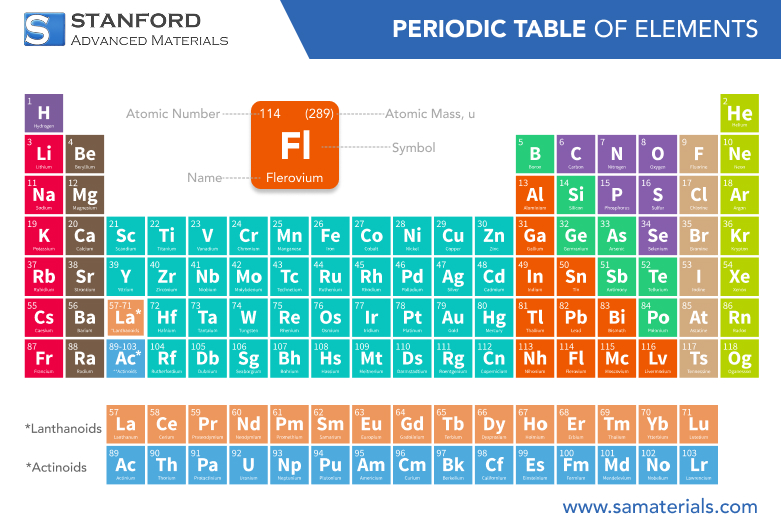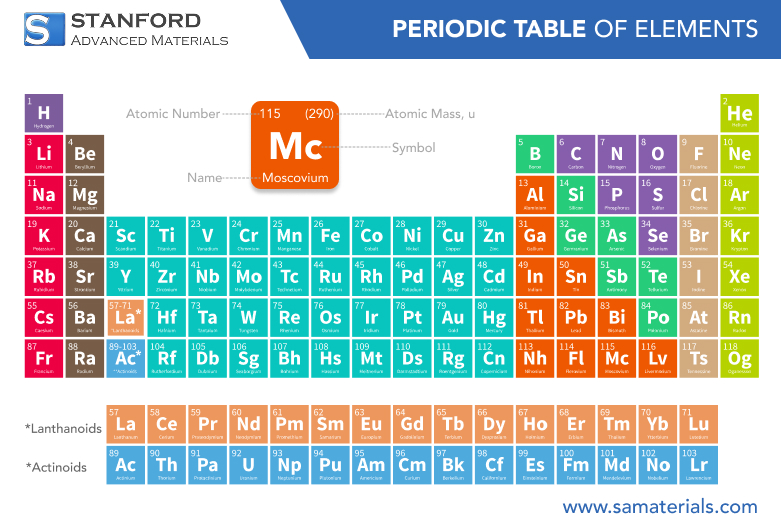Roentgenium: Element Properties and Uses
Description
Roentgenium is a synthetic, radioactive element with unique chemical and physical properties that inspire scientific research and potential industrial innovations.
Introduction to the Element
Roentgenium is one of the most fascinating synthetic elements discovered by scientists in recent decades. With the atomic number 111, this element does not occur naturally and must be produced in high-energy laboratories. It is named after the German physicist Wilhelm Röntgen, whose groundbreaking work with X-rays transformed modern science. For more information, please check Stanford Advanced Materials (SAM).
Chemical Properties Description
The chemical properties of roentgenium remain a topic of active investigation among chemists and physicists. Although only a few atoms of roentgenium have ever been produced, theoretical predictions suggest that its properties may mirror those of gold and other elements in the same group. Researchers have predicted that roentgenium could display similar reactivity patterns, including a tendency to form compounds that mirror the characteristics of its lighter congeners.
Common Uses
Due to its instability and the extreme difficulty involved in synthesizing roentgenium, the element currently has no practical applications outside of fundamental research. Its primary use is in scientific experiments aimed at understanding nuclear reactions and the behavior of superheavy elements.
Preparation Methods
Roentgenium is produced using advanced nuclear reactions in particle accelerators. One of the primary preparation methods involves bombarding a target material, such as bismuth, with accelerated ions of nickel. This collision of atomic nuclei creates the conditions necessary to form roentgenium atoms. The process requires extremely high energy levels and precise control, making the synthesis of roentgenium an experimental challenge that only a few research institutions worldwide are equipped to perform.
Frequently Asked Questions
What is roentgenium?
Roentgenium is a synthetic, radioactive element with the atomic number 111,
created in high-energy laboratories.
How is roentgenium produced?
It is produced by bombarding a heavy element like bismuth with accelerated
ions, such as those of nickel, in a particle accelerator.
Why is roentgenium so unstable?
Its instability is due to its superheavy nature, which causes rapid radioactive
decay and limits the time it can exist in a detectable form.
What are the chemical properties of roentgenium?
The element is predicted to have chemical properties similar to gold, though
its fleeting existence makes experimental verification challenging.
Can roentgenium be used in industrial applications?
Currently, roentgenium has no common uses beyond scientific research; however,
the methods used to study it have influenced related industrial technologies.







